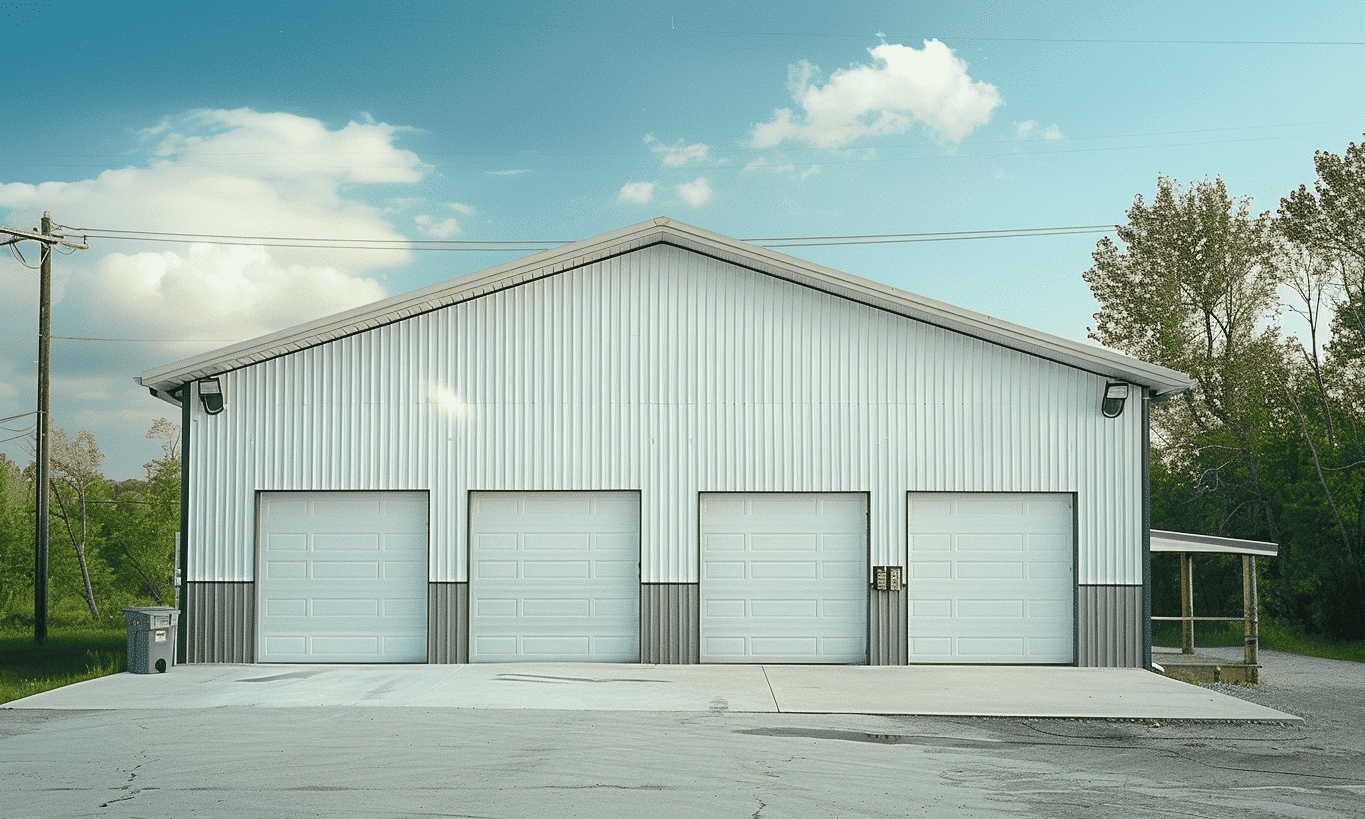—
When you think of fire safety regulations, what comes to mind? Ensuring fires don’t start in the first place or swiftly tackling them when they do? Fire safety is a dance between prevention and reaction, protecting both lives and properties. Regulations are not just rules; they’re lifelines. Let’s unravel the intricacies of fire safety regulations, a topic that doesn’t just put our minds at rest but actively saves lives.
The Importance of Fire Safety Regulations
Fire safety regulations play a crucial role in safeguarding our lives, homes, and investments. They are designed to create safer environments by reducing fire risks and ensuring buildings are equipped to handle emergencies. Without these regulations, the threat to life and property would significantly increase.
The Government of Canada – Fire Safety Regulations outlines comprehensive guidelines that buildings must follow to ensure fire safety. These regulations are essential, yet they are ever-evolving to match technological advancements and architectural innovations.
The Core Goals of Fire Safety Regulations
At the heart of fire safety regulations are three primary goals:
1. **Preventing Fire Outbreaks:** Reducing the likelihood of a fire occurring through proper design, material choices, and adherence to building codes.
2. **Protecting Occupants:** Ensuring that both residential and commercial construction sites have protocols to protect lives during a fire.
3. **Fire Suppression and Control:** Providing measures that help in containing and extinguishing fires swiftly.
How do these goals translate into actionable regulations? Let’s break it down.
Design and Material Compliance
The design phase is where fire safety regulations begin. Architectural layouts must consider accessibility and escape routes to maximize safety. The choice of materials is also crucial. Non-combustible materials can significantly slow the spread of fire, giving occupants more time to evacuate.
For instance, utilizing steel in construction, as seen in metal buildings Ontario, can offer enhanced durability and fire resistance compared to traditional materials. Steel not only withstands high temperatures but also maintains structural integrity longer during fires.

Fire Detection and Alarm Systems
Detection plays a pivotal role in mitigating fire risks. Installing reliable smoke detectors and alarm systems in both residential and commercial properties can dramatically alter the outcome of a fire incident. These systems alert occupants, triggering evacuation protocols and minimizing injuries and fatalities.
Evacuation Planning
Evacuation plans are another critical aspect of fire safety regulations. These plans need to be clear, accessible, and regularly rehearsed. An effective evacuation plan considers different scenarios, ensuring that everyone knows how to evacuate quickly and safely.
Buildings should have well-marked emergency exits, with signs that stand out even in the darkness or smoke. Regular building inspections ensure that these exits are not obstructed, doors open effortlessly, and lighting systems function during an emergency.
Fire Suppression Systems
Fire suppression systems are invaluable. Sprinklers, fire extinguishers, and specialized suppression devices are required in vulnerable areas. These systems are the first line of defense in containing fires until emergency services arrive.
Regular Maintenance and Drills
Fire safety equipment needs regular maintenance to ensure efficacy. Regular inspections and drills should be standard practice, instilling preparedness in building occupants. Much like updating seismic building precautions to comply with seismic building codes, fire safety measures must be frequently reassessed.

Technological Integration in Fire Safety
The future of fire safety regulations may well hinge on smart technology. Integrating AI and IoT with fire systems can offer real-time monitoring and automatic updates, enhancing overall safety. With a smart system, potential threats are detected early, and response times are reduced, saving lives and property.
Conclusion: The Indispensability of Fire Safety Regulations
Fire safety regulations are not just boxes on a checklist. They are a crucial mechanism that acts as both shield and sword against potential fire disasters. From the structural design of metal buildings in Ontario to regular fire drills, these measures are integral to creating a safe living and working environment.
By adhering to and innovating within these regulations, we not only protect ourselves but also contribute to a legacy of safety for future generations. Remember, fire safety is everyone’s responsibility. Are you prepared?
—










